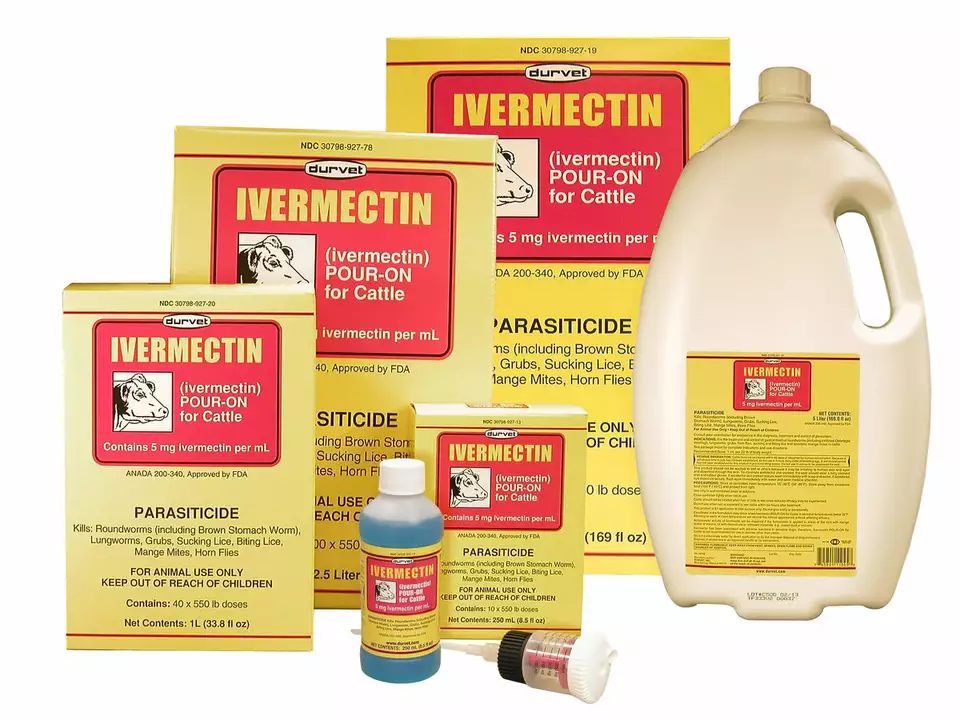Dosage: How to Measure and Take Medications Safely
Getting the dose right matters. Too little may not treat the problem; too much can be dangerous. This page gives clear, practical steps for reading labels, measuring doses, handling missed doses, and spotting when to get help.
Measuring and giving doses
Read the label and the patient leaflet every time. Check the amount (for example, 50 mg or 5 mL), how often to take it (once daily, every 8 hours), and special rules (with food, avoid alcohol). Pay attention to units: mg (milligrams), mcg (micrograms), mL (milliliters), and IU (international units) are not interchangeable.
Use the right tool. For liquid medicine use the oral syringe or dosing cup that comes with the drug — kitchen teaspoons are unreliable. If no tool is provided, ask the pharmacist for an oral syringe marked in mL. For tablets, use a pill cutter only if the tablet is scored and your doctor approves. Never cut extended‑release or enteric‑coated pills; that changes how the drug is released.
Timing matters. “Every 8 hours” usually means three evenly spaced doses in 24 hours. For once‑daily meds pick a time and stick with it, so levels stay steady and you don’t forget. If the label says “take with food,” do it — food can change absorption and side effects.
When to adjust or call for help
Children’s doses are often weight‑based. For example, if a child needs amoxicillin 40 mg/kg/day and weighs 15 kg, total daily dose is 600 mg — often split into two or three doses. If you don’t understand the math on a prescription, ask the prescriber or pharmacist to show their calculation.
People with kidney or liver problems frequently need lower doses. Don’t guess — ask your clinician. If you’re switching brands or formulations (tablet vs liquid), confirm the dose matches. Different strengths and concentrations exist, especially for liquids.
Missed dose? Check the leaflet. Many drugs say take it as soon as you remember unless it’s almost time for the next dose; then skip it. Never double up to make up for a missed dose unless your doctor told you to. For antibiotics, try to keep the schedule so treatment stays effective; if you miss multiple doses, contact your prescriber.
Suspect overdose if someone becomes very drowsy, has trouble breathing, seizures, or loses consciousness. Call emergency services or your local poison control center right away and have the medication bottle available.
Watch interactions. Tell your pharmacist about all prescription meds, OTC drugs, and supplements. Foods like grapefruit juice and drugs such as warfarin or certain antidepressants can change doses or increase risks.
Practical habits: use a pill organizer, set phone alarms, keep a current medication list, and store meds as directed (some need refrigeration). Lock up controlled substances. When in doubt, ask your pharmacist — they can check dosing, interactions, and safer options quickly. Correct dosing keeps treatment effective and prevents harm.

Hydrea (Hydroxyurea) Guide: Uses, Dosage, Side Effects & FAQs
Learn what Hydrea is, why doctors prescribe it, how to take it safely, common side effects, and answers to the most asked questions-all in one easy guide.
Read More
Ivermectin for Cats: Safety, Dosage, and Potential Uses
As a cat owner, I've been researching Ivermectin for cats and found that it is a medication commonly used to treat various parasites. It's important to use the correct dosage, as overdosing can lead to serious side effects. Veterinarians typically prescribe Ivermectin for issues like ear mites, mange, and internal parasites. While it's generally safe for cats, some breeds may have a genetic sensitivity to the drug. Always consult with your vet before administering any medication to your feline friend.
Read More